| After our stint in the hospital in Cusco we found ourselves to be in a bit of a travel funk. We didn't have the energy or desire to see any more of Cusco. Our next destinations, Arequipa and the Colca Canyon, were no longer a sensible option since we knew that Bek couldn't handle any trekking. So we decided to head to the coast for some rest and recovery. We spent 2 days in Lima and it was all we could do to manage a walk around the historic part of town one afternoon. The constantly grey skies that plague this region in the winter seemed to match our moods. We should have known better, we rarely enjoy visiting a city! So we headed south to Ica for a bit more tourism. Trip one, a boat ride out to Las Islas Ballestas. This was absolutely amazing, millions of birds of all different types everywhere, including Humboldt penguins, as well as some lazy looking sea lions. Unfortunately we were crammed into a boat with 40 people and only had 45 quick minutes to appreciate it all. Not quite the style we prefer, we could have easily spent a few hours out there! Trip 2 was out to the amazing sand dunes and oasis of Huacachina. Neither of us had ever visited a place that was all sand and it was really beautiful. It was particularly stunning to see a watery green oasis amidst all the sand. We enjoyed a thrilling ride among the dunes in a dune buggy and a bit of sand boarding at sunset. But despite these great activities we just weren't feeling it. I know this sounds quite whiny but just trying to be honest. We were particulary put off by just how touristy everything was. Until now we have been fairly fortunate to be able to stay away from the big groups of tourists and to keep off the well beaten path. But here in Southern Peru it is much more difficult, they don´t call it the ¨Gringo trail¨ for nothing! So back to Lima for a quick stopover and to enjoy the colorful water-fountain park - good clean fun! And then to shake things up we headed to the mountains hoping that would be the key to lifting our moods. Again, what were we thinking?! Bek is still recovering from typhoid and her other ailments and we decide to go to a town at 3,500 meters to go hiking! We did one day trip, without packs to visit a glacier at 5,050 meters (16,665 ft; Mt. Whitney is only at 14,505 ft.) and we were flat out trying to walk 2 km (1 mile). So we figured our desired 4 day trek at elevation was not in the cards. It was great to be up in the mountains, see some crazy plants related to the pineapple, and watch a storm move through the mountains, covering everything in a coat of white. It was tough to walk away from, but we knew in our current state that we could not do them justice. Instead we decided to search for some warmth, sunshine, and relaxation along Peru's northern coast. Thankfully our moods have risen with the temperature as we creep ever closer to the equator, and we are back to our normal happy and explorative selves :) |
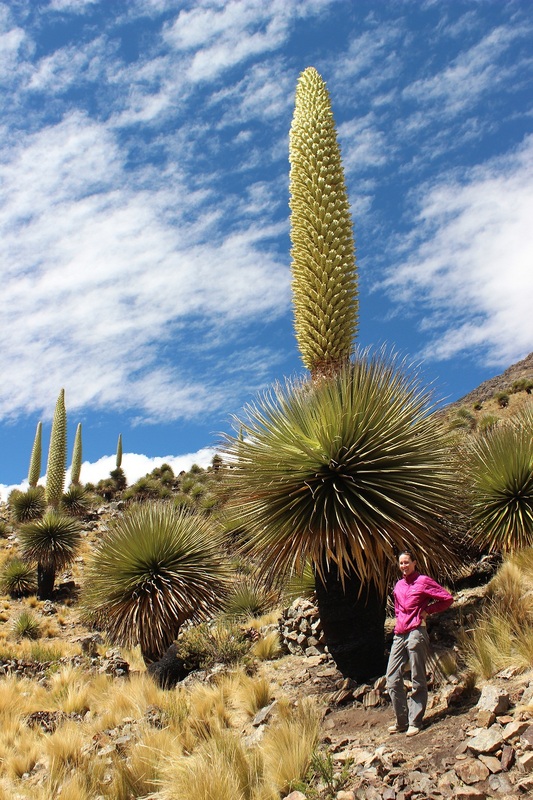
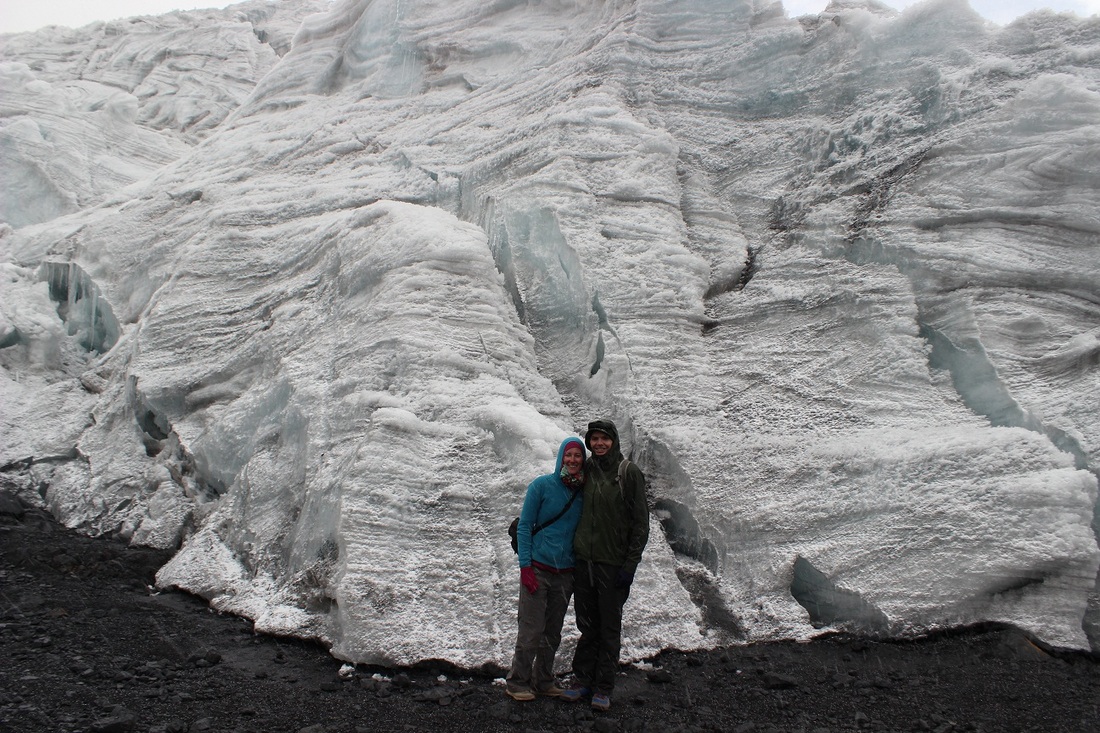



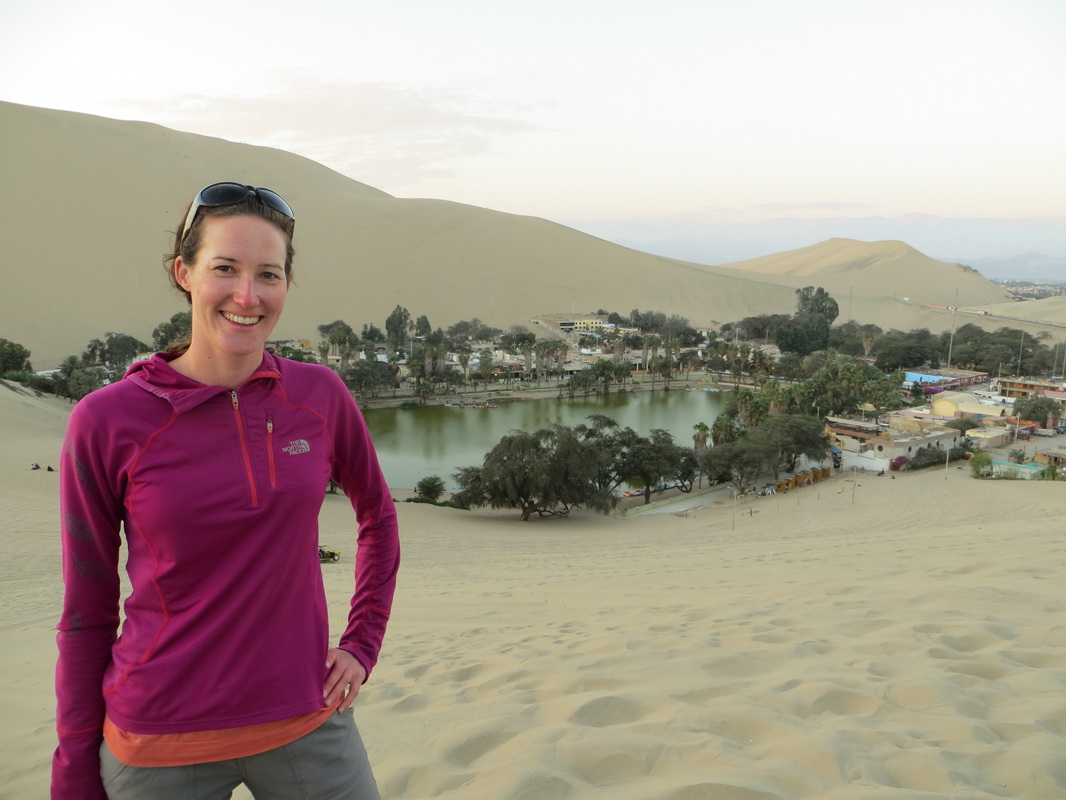
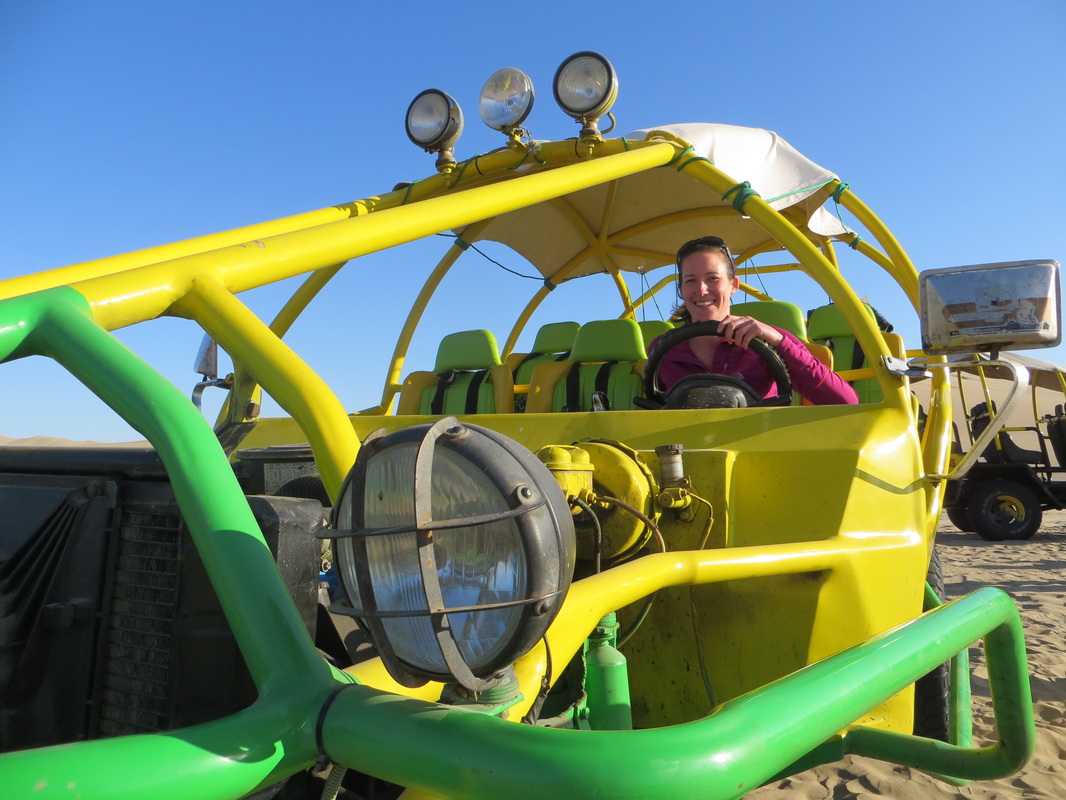
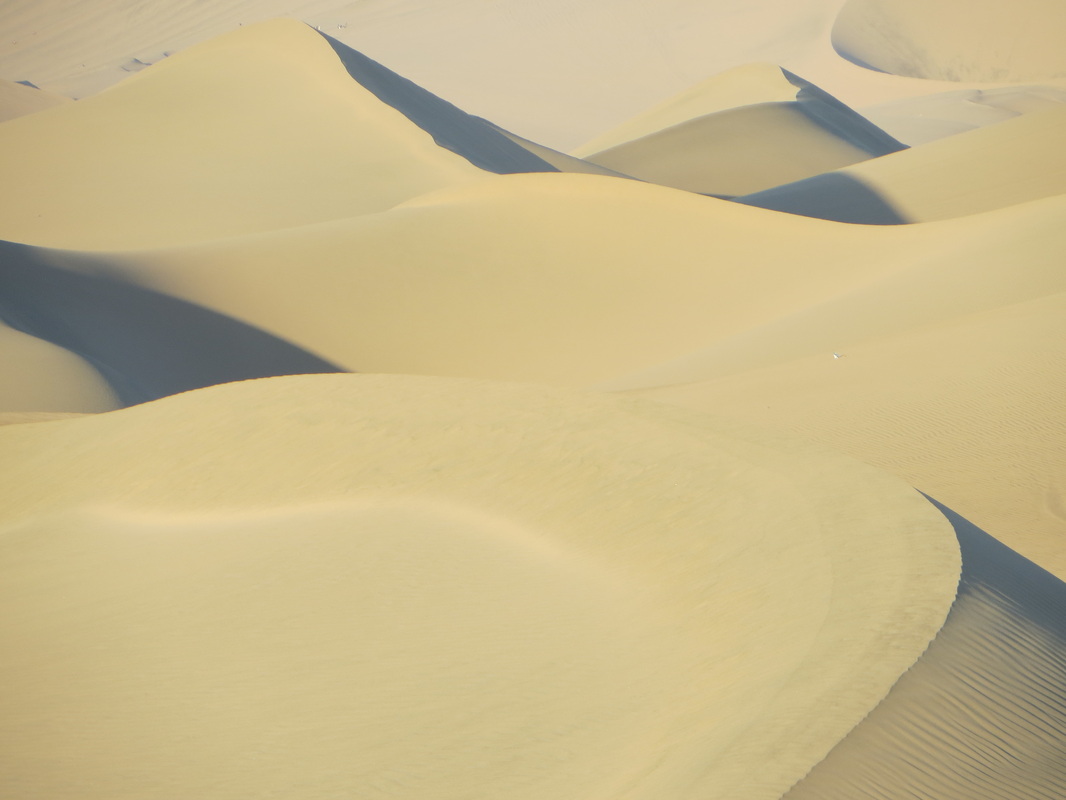
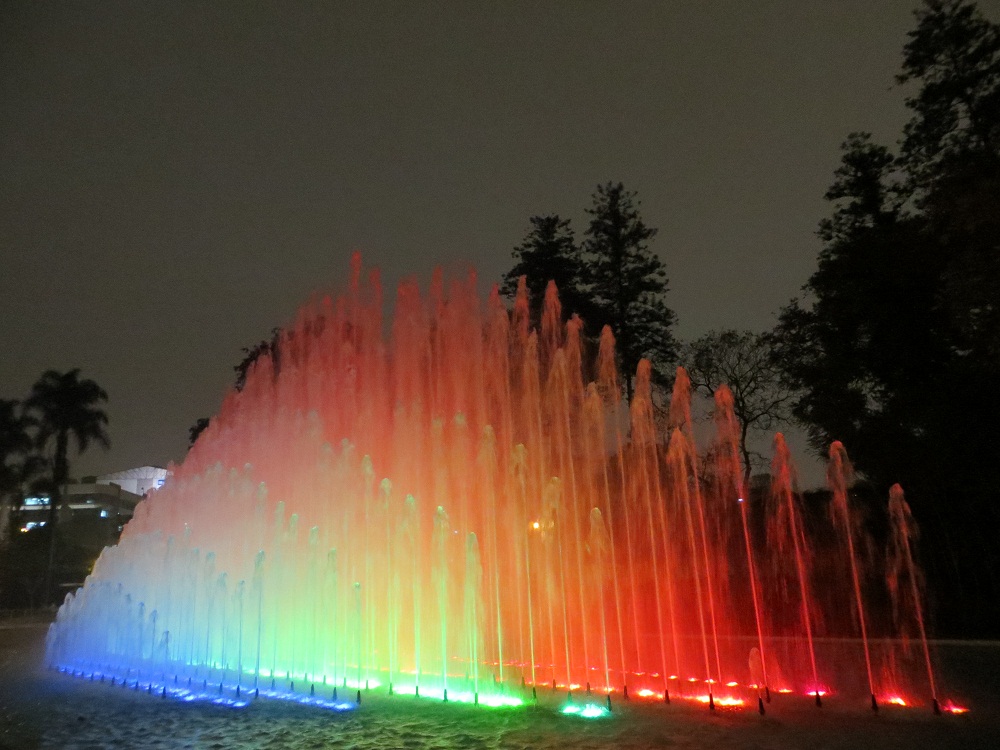


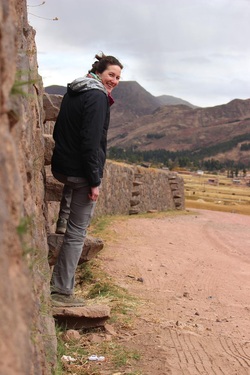


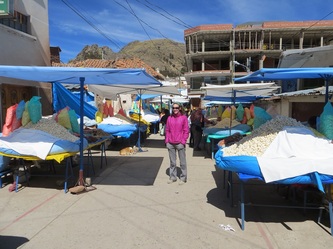

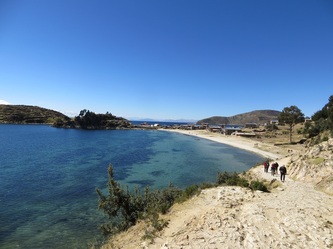
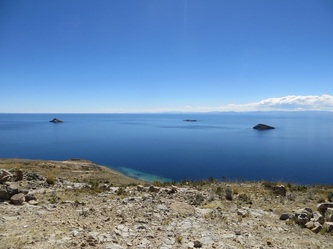


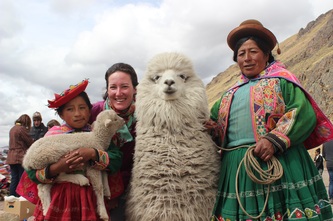
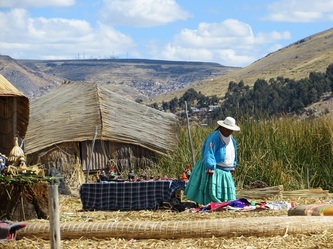
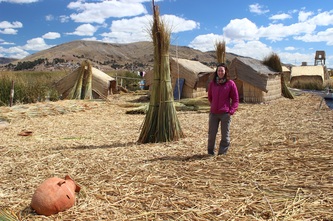

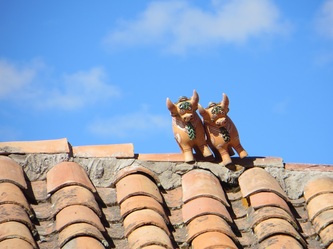

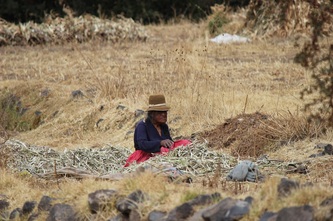
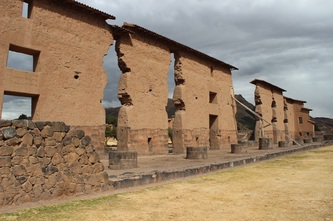
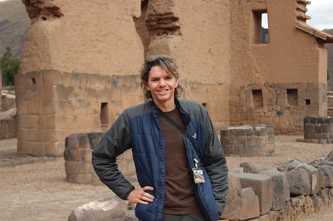
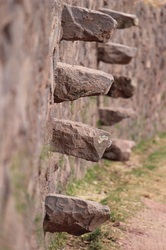
 RSS Feed
RSS Feed